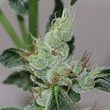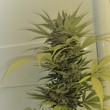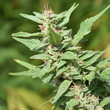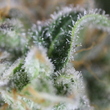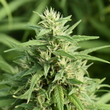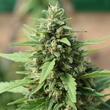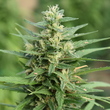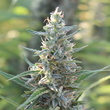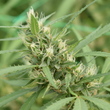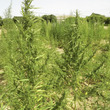Introduction
Since its discovery, the Cannabis sativa L. plant has been deeply investigated and used for different purposes, including recreational, medicinal and scientific purposes since the identification of its main psychoactive, Δ9-tetrahydrocannabinol (Δ9-THC). In the medical context, quality control of cultivars and standardization is vital in order to ensure the health and safety of users and patients, thus requiring reliable methods to quantify the bioactive compounds of the Cannabis plant. Among the different techniques employed in forensic and clinical analysis, gas chromatography (GC) coupled to mass spectrometry (MS) is the most consolidated one. Therefore, in this Chapter, different analytical work modalities involving GC for the determination of endocannabinoids, synthetic cannabinoids, or compounds found in the Cannabis plant, i.e. phytocannabinoids, terpenes, among others, are discussed, along with the most remarkable results.
Material and méthods
In order to perform an in-depth analysis of the differences in the work modalities employed for the determination of the compounds in Cannabis, a comparative study of the elements of each approach have been made, being GC the shared characteristic, namely detectors (MS, flame ionization detector (FID) ultraviolet (UV), etc.) and ionization sources (electron ionization (EI), positive chemical ionization (PCI), etc.), along with chromatographic columns and setting parameters.
Results
Due to the potential impact in human health, the determination of the composition of Cannabis is of high importance. For this reason, different GC approaches have been carried out and were used to measure endocannabinoids, phytocannabinoids, synthetic cannabinoids, terpenes, among others. This technique requires previous derivatization of cannabinoids in order to measure their acidic form and increase their stability during the analysis. On the other hand, depending on the ionization mode, various features can be improved, such as selectivity, which can be enhanced working in the negative chemical ionization mode. GC coupled to different detectors is also employed for drug control in various biological samples, GC-MS being the most recurrent compared to FID or other detectors due to the quality of the results it provides. Furthermore, its versatility can be enhanced by changing the ionization source, thus improving sensitivity and/or selectivity of the measurements, as previously mentioned. On the other hand, including a previous extraction step, matrix effect, low concentration of the compounds as well as chromatographic resolution problems can be avoided. More sophisticated techniques have also been employed throughout the years for the determination of cannabinoids, namely GC-time-of-flight (TOF)/MS, however, these approaches are not easily accessible.
Discusion
Gas chromatography is a well-established tool in the Cannabis sector, being GC–MS the most utilized technique, probably due to their accessibility as well as the quality of the results. Different strategies have been followed to enhance the determination of different compounds in Cannabis samples, including detectors like MS, FID and TOF/MS or ionization sources (EI, PCI, etc.). However, the derivatization of acidic cannabinoids is an unavoidable step to enhance the stability of these compounds during the analysis. This technique allows the identification of Cannabis cultivars as well as the analysis of different related compounds, viz.: cannabinoids, including endo-, phyto- and synthetic cannabinoids, terpenoids, fatty acids and carbohydrates, among others.
Other publications
See more
See more
See more
See more
See more
See more
See more
See more
See more
See more
See more
See more
See more
See more
See more
See more
See more
See more
See more
See more
See more
See more
See more
See more
See more
Ask for information
Can we be of help to you? Do you have any questions about us? Write to us and we will contact you as soon as possible.
